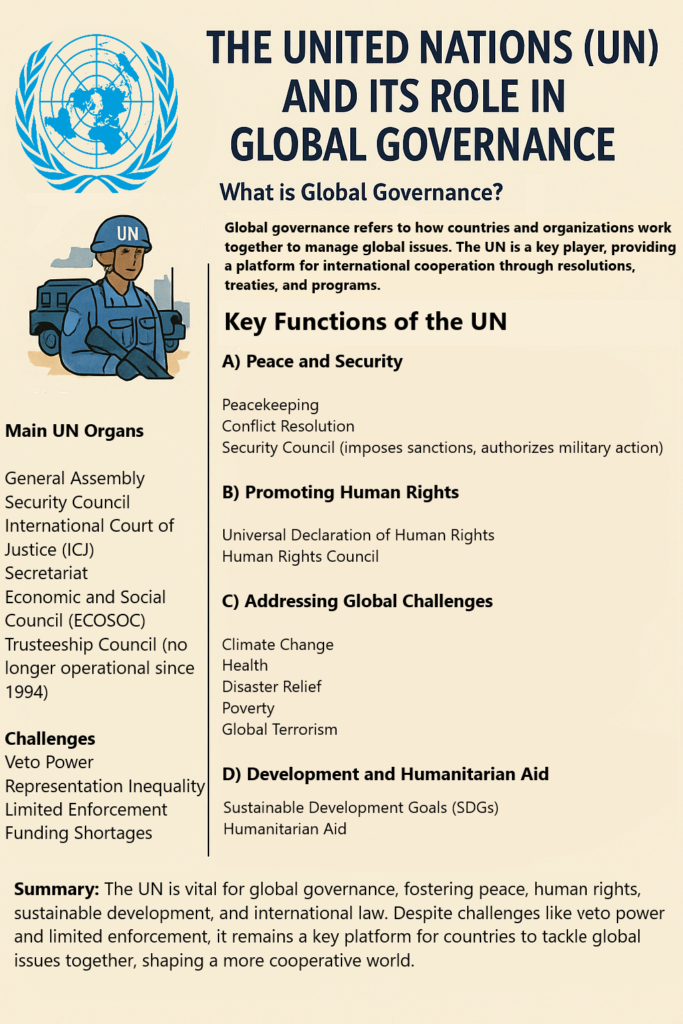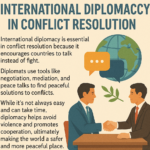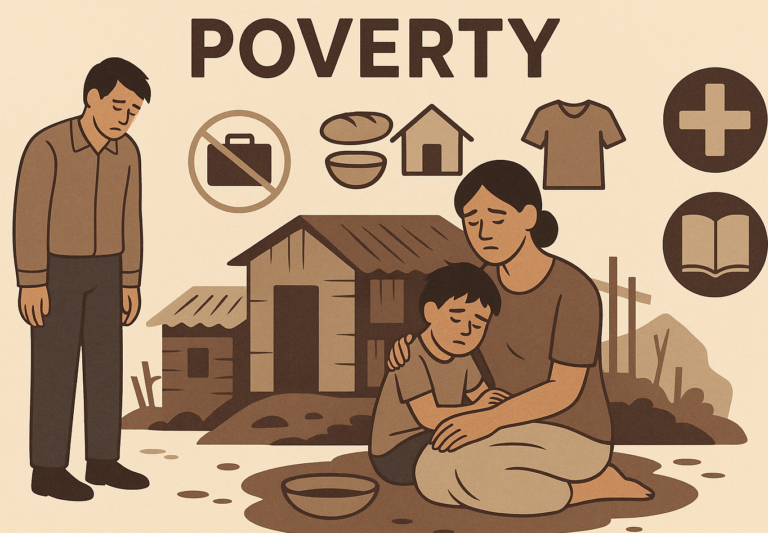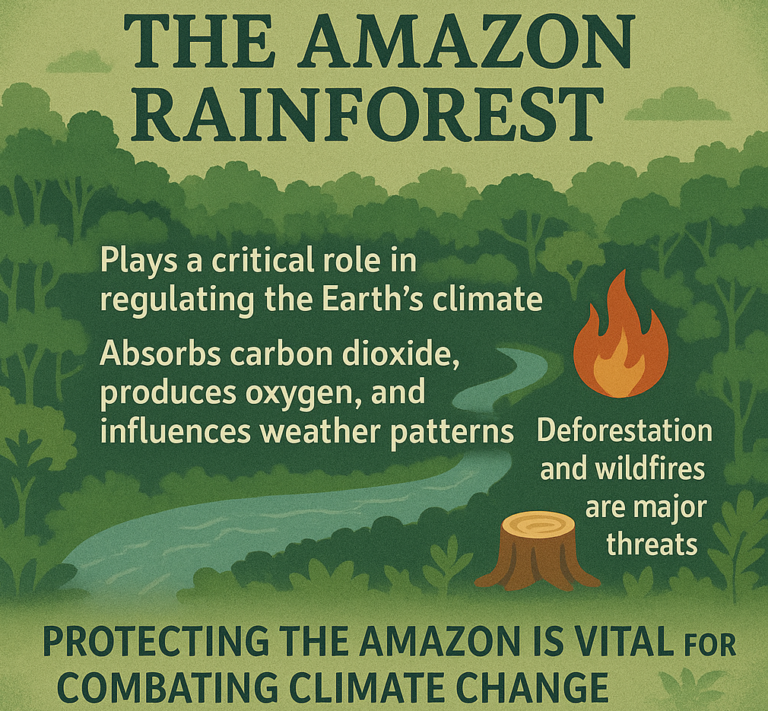Explanation of both World War I (WWI) and World War II (WWII).
World War I (1914-1918)
What was WWI?
World War I, also known as “The Great War,” was a global war fought mainly in Europe between 1914 and 1918. It was one of the deadliest and most destructive conflicts in human history, involving many countries and alliances.

Causes of WWI:
- Militarism: Many countries, especially in Europe, were building up large armies and weapons. This made the tension between nations very high because everyone was preparing for war.
- Alliances: Countries formed groups to protect each other in case of war. Two main alliances formed:
- The Triple Alliance: Germany, Austria-Hungary, and Italy.
- The Triple Entente: France, Russia, and the United Kingdom.
If one country in an alliance was attacked, the others would join in to help.
- Imperialism: European nations were competing for colonies and resources in Africa and Asia. This competition created rivalries and conflicts.
- Nationalism: Many people believed their country was superior to others. This led to tension, especially in regions like the Balkans (Southeast Europe), where people wanted independence from larger empires.
- The Assassination of Archduke Franz Ferdinand: The immediate cause of the war was the assassination of the heir to the Austro-Hungarian throne, Archduke Franz Ferdinand, by a Serbian nationalist on June 28, 1914. This set off a chain reaction of events, leading to Austria-Hungary declaring war on Serbia, and soon after, other countries joined in.
Major Events of WWI:
- Trench Warfare: Much of the fighting took place in trenches (long ditches dug into the ground). Soldiers faced terrible conditions, such as mud, rats, and diseases. It led to a stalemate where neither side could advance.
- New Technology: WWI saw the introduction of new technologies, such as machine guns, tanks, poison gas, and airplanes, which made the war more deadly and destructive.
- The United States Joins: At first, the U.S. tried to stay neutral, but in 1917, they entered the war on the side of the Allies (France, the UK, and Russia) after Germany attacked American ships and attempted to form an alliance with Mexico.
- End of the War: The war ended in 1918 with the signing of the Treaty of Versailles. Germany and the Central Powers (Germany, Austria-Hungary, the Ottoman Empire) were defeated.
Consequences of WWI:
- Millions of deaths: Over 16 million people (soldiers and civilians) died, and many others were wounded.
- Collapse of empires: The Austro-Hungarian Empire, the Ottoman Empire, and the Russian Empire all collapsed.
- New countries: The Treaty of Versailles created new countries like Czechoslovakia, Yugoslavia, and others.
- Economic consequences: The war caused massive economic problems, leading to inflation and poverty in many countries.
- Rise of Totalitarian Regimes: The war’s consequences helped create the conditions for dictatorships to rise, especially in Germany and Italy.
World War II (1939-1945)
What was WWII?
World War II was a global conflict that lasted from 1939 to 1945. It was even bigger and more destructive than WWI, involving more countries and causing even more deaths. It is often considered the deadliest war in history.
Causes of WWII:
- The Treaty of Versailles: The harsh conditions placed on Germany after WWI, including heavy reparations (payments) and the loss of land, caused resentment in Germany. This helped bring Adolf Hitler and his Nazi Party to power.
- Hitler’s Aggression: Adolf Hitler, the leader of Nazi Germany, wanted to expand Germany and build a “Greater German Empire.” He started by invading neighboring countries like Austria and Czechoslovakia.
- Failure of the League of Nations: After WWI, the League of Nations was created to prevent future wars, but it was weak and unable to stop aggressive countries like Germany, Italy, and Japan from expanding.
- Appeasement: Many countries, like Britain and France, initially tried to avoid war by letting Hitler take over smaller countries. This policy of giving in to his demands was known as appeasement, but it only encouraged more aggression.
- The Invasion of Poland: WWII officially began on September 1, 1939, when Germany, led by Hitler, invaded Poland. In response, Britain and France declared war on Germany.
Major Events of WWII:
- Axis Powers vs. Allied Powers: The two main sides were:
- The Axis Powers: Germany, Italy, and Japan.
- The Allied Powers: Initially, Britain, France, and China, and later the United States and the Soviet Union.
- Blitzkrieg and Early German Success: Germany used a strategy called Blitzkrieg (lightning war), which involved fast-moving troops, tanks, and airplanes to quickly conquer much of Europe, including France.
- The Battle of Britain: In 1940, Germany tried to invade Britain, but the British Royal Air Force (RAF) successfully defended the skies in what became known as the Battle of Britain.
- Pearl Harbor Attack: On December 7, 1941, Japan attacked the U.S. naval base at Pearl Harbor in Hawaii, which led to the United States joining the war.
- The Holocaust: During WWII, the Nazis carried out the Holocaust, a genocide in which about 6 million Jews, as well as millions of others (Romani people, disabled individuals, political prisoners), were killed in concentration camps.
- D-Day: On June 6, 1944, Allied forces launched a massive invasion of Nazi-occupied France, known as D-Day. This marked the beginning of the end for Nazi Germany.
- The Pacific War: In the Pacific, the U.S. fought against Japan. Key battles included the Battle of Midway (1942) and the atomic bombings of Hiroshima and Nagasaki in 1945, which led to Japan’s surrender.
End of WWII:
- Germany’s Surrender: In May 1945, after Hitler committed suicide and Berlin fell, Germany surrendered unconditionally to the Allies.
- Japan’s Surrender: After the U.S. dropped atomic bombs on Hiroshima and Nagasaki in August 1945, Japan surrendered on September 2, 1945, marking the official end of WWII.
Consequences of WWII:
- Massive loss of life: Over 70 million people died, including civilians and military personnel. The war caused widespread destruction across Europe, Asia, and Africa.
- The United Nations (UN): After the war, the United Nations was created to promote peace and prevent future conflicts.
- Cold War: The war led to a division between the United States and the Soviet Union, which became the superpowers of the world. This division led to the Cold War — a period of tension and rivalry between the two countries without direct fighting.
- Decolonization: Many countries in Africa and Asia gained independence from European colonial powers after WWII.
- Nuremberg Trials: Nazi leaders were put on trial for war crimes, crimes against humanity, and genocide. This set a precedent for international justice.
Summary :
- WWI was mostly fought in Europe, and its main causes were militarism, alliances, imperialism, and nationalism. It ended with the Treaty of Versailles, which punished Germany.
- WWII was caused by the rise of dictators like Adolf Hitler, the failure of the Treaty of Versailles, and expansionism by Germany, Italy, and Japan. The war involved countries from all over the world, and it ended with the defeat of the Axis Powers and the creation of the United Nations.
Both wars shaped the world in dramatic ways, leading to major changes in the political, social, and economic landscape.
After both World War I (WWI) and World War II (WWII), the world faced a lot of challenges, but there were also efforts made to create solutions and prevent future wars. Here’s an easy explanation of what happened after the wars and the solutions that were put in place.
After World War I (WWI)
- The Treaty of Versailles (1919):
- What it was: This was a peace agreement signed to officially end WWI. It took place in Versailles, France, and the main goal was to punish Germany for its role in starting the war.
- What happened:
- Germany was blamed for the war and had to pay huge reparations (money) to the countries that won.
- Germany lost land and colonies, and its military was heavily limited.
- The Treaty also created new countries and changed borders in Europe, such as Czechoslovakia and Yugoslavia.
Problems with the Treaty: The Treaty of Versailles was very harsh on Germany, and many Germans felt it was unfair. This anger led to economic hardship and resentment, which helped Hitler rise to power later, ultimately leading to World War II.
- The League of Nations:
- What it was: A group of countries formed to promote peace and prevent future wars. The idea was to solve disputes through talks rather than fighting.
- What happened:
- The League was weak because it didn’t have enough power to enforce its decisions.
- The U.S. didn’t join, which made it even weaker.
- Countries like Germany and Italy ignored the League’s decisions and continued their aggressive actions.
Lesson Learned: The League of Nations didn’t work well because it lacked power, and not all major countries were involved.
After World War II (WWII)
- The United Nations (UN) (1945):
- What it was: After the disaster of WWII, the world decided to form a new organization called the United Nations (UN) to help prevent future wars and promote peace.
- What happened:
- The UN is made up of almost every country in the world and its main goal is to keep global peace, provide humanitarian aid, and work together on solving problems like poverty and climate change.
- Security Council: The UN has a Security Council made up of 15 countries (including the U.S., Russia, China, France, and the UK), which helps make decisions about war and peace.
- The UN also helps with things like human rights, healthcare, and refugee support.
Successes:
- The UN has helped prevent many major wars, although it hasn’t been perfect. It did help with smaller conflicts and humanitarian issues, like ending apartheid in South Africa and responding to natural disasters.
- The Nuremberg Trials (1945-1949):
- What it was: After WWII, leaders of Nazi Germany who were responsible for the war and the Holocaust (the mass killing of 6 million Jews) were put on trial in Nuremberg, Germany.
- What happened:
- Many Nazi leaders were found guilty of war crimes (crimes committed during war) and crimes against humanity (killing civilians and groups of people).
- The Nuremberg Trials set a precedent for international justice. It showed the world that leaders would be held accountable for their actions.
Legacy: These trials helped create laws and standards for how countries handle crimes during wars and have influenced later courts like the International Criminal Court (ICC).
- Rebuilding and Economic Aid:
- After WWII, much of Europe and Japan were in ruins. To rebuild the world, several programs were set up:
- Marshall Plan: The United States provided massive financial aid to help rebuild Western European countries after WWII. This helped prevent poverty and communism from spreading.
- Economic Growth in Japan: The U.S. helped Japan rebuild its economy by introducing democracy and capitalism, which made Japan one of the most powerful economies in the world today.
- Creation of NATO (1949):
- What it was: The North Atlantic Treaty Organization (NATO) was created as a military alliance between the U.S. and its allies (including Western Europe). The purpose was to defend each other in case one country was attacked.
- What happened:
- NATO helped create security in Europe, especially against the Soviet Union, which had become a rival superpower after WWII.
Impact: NATO is still active today and has expanded to include many countries in Europe and beyond.
- The Cold War (1947-1991):
- After WWII, the world was divided into two main superpowers:
- The United States (capitalist, democratic) and its allies.
- The Soviet Union (communist, authoritarian) and its allies.
- What happened:
- Although these two superpowers didn’t fight directly (no WWII-like war), they fought through proxy wars (like in Korea, Vietnam, and Afghanistan) and competed for influence in countries around the world.
- This period was known as the Cold War, a time of tension between the U.S. and the Soviet Union.
End of the Cold War: The Cold War ended in 1991 when the Soviet Union collapsed. This led to a more peaceful world, though tensions remain in some areas.
- After WWII, the world was divided into two main superpowers:
Overall Solutions After the Wars:
- International Cooperation:
- The UN, NATO, and other international organizations were created to bring countries together, prevent war, and solve global problems.
- Economic Assistance:
- Programs like the Marshall Plan helped rebuild war-torn countries and prevent economic crises, which can lead to conflict.
- War Crimes Trials:
- The Nuremberg Trials set a precedent for holding individuals accountable for crimes during wars, leading to better international laws against genocide and war crimes.
- Dividing the World into Alliances:
- The world was divided into the U.S.-led democratic side and the Soviet-led communist side, leading to the Cold War. While there were no direct wars between these superpowers, the competition affected global politics for decades.
Conclusion:
After both world wars, the world worked hard to avoid another major conflict by creating international organizations, economic aid programs, and laws to hold people accountable for their actions. While these efforts haven’t solved every problem, they have helped to create a more peaceful world in many ways.











